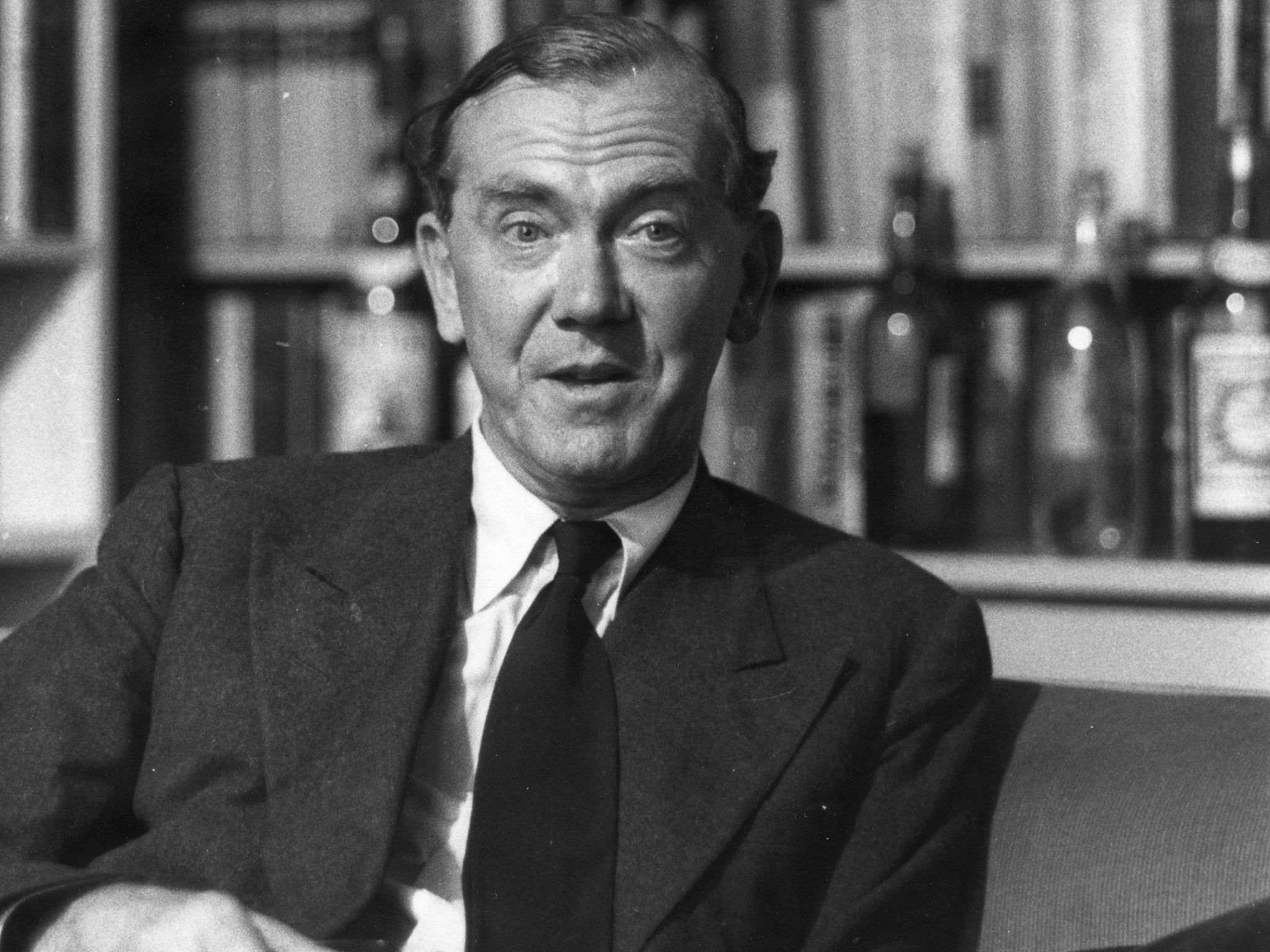Book of a lifetime: Journey Without Maps by Graham Greene
From The Independent archive: Tim Butcher joins the literary giant on an arduous exploration of remote Africa

I rather think Graham Greene, an eager war correspondent himself, would have approved of the setting when I first read Journey Without Maps. I was locked down after curfew in a dank hotel in Monrovia, Liberia’s capital, trying as a reporter to work out whether noises outside were thunderclaps from rainy-season storm clouds or mortars going off as rebels circled the dying regime of the west African warlord, Charles Taylor.
The only book I could find on the country was Greene’s first travel book, the account of his 1935 journey by train and truck through Sierra Leone and then on foot for 350 miles through Liberia and Guinea. For Greene, it was a turning point. After publishing four novels he was struggling to make a living, rootless in rented accommodation; so he turned to non-fiction. He got fit by walking prodigious distances along Cotswold lanes fretting over how he would write a travel book that avoided the “awful tedium of A to Z”.
The resulting work tells of two journeys. First is the genuinely arduous trek Greene made through remote Africa with his travelling companion and cousin, Barbara Greene, four servants and 26 bearers. Last year I followed every blistering inch of their trip and came to see a very different side to Greene from the literary giant. After struggling for weeks with the choking climate and jungle, I now see him as a man of considerable physical toughness and mental strength. What he did in 1935 demanded both practical nous and spirited determination.
Strictly speaking, this first trip is a “journey without good maps”. Greene took two, rather ropey ones produced for military planners from Britain and the US. Although they marked the outline of Sierra Leone, Liberia and Guinea relatively well, the interior was blank.
The book’s second journey is one for which truly there are no maps, a metaphysical trip inside himself for ideas and memories of quintessential importance. Several times he borrows from the vernacular of psychoanalysis, drawn from his own experience of psychiatric treatment when young. He writes of being taken back to “repressed ideas” and “primal memories”. For this internal journey, Liberia is not important as a destination but as a means. It is a case not so much of going back physically, but mentally, to Africa. And this is where the book inspires.
Back in 2003, reading of Greene’s own troubles in Liberia, gave me a degree of comfort as I struggled to make sense of a chaotic region. They made me consider the prejudices that I, as a white outsider, might seek to project not just on to Liberia but wider Africa as well. Each time I read Journey Without Map, I take something new from the experience: truly the hallmark of the best writing.



Join our commenting forum
Join thought-provoking conversations, follow other Independent readers and see their replies
7Comments